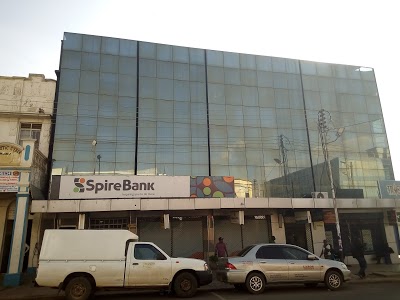Small banks in Kenya have been struggling to make a profit ever since the law on interest rate cap was introduced in September 2016, says a report by Standard Investment Bank. The banks’ average Return on Equity declined to -0.9 percent in 2016 and -9.5 percent in 2017 from 4.4 percent registered before the interest rate cap came into effect in 2015.
In the period between 2013 and 2016, tier 3 banks’ profit before tax dropped by 49.1 per cent while tier 1 and tier 2 lenders’ PBT grew by 30.3 percent and 12.2 percent respectively in the same period. In the period under review, small banks incurred high operating costs compared to revenue earned resulting in high cost to income ratios. 2017 was a tough year for tier 3 banks as they recorded the highest cost to income ratio of 104.2 per cent against the industry average of 50.9 per cent.
Even as the entire banking industry struggles with non-performing loans, tier 3 lenders have borne the greatest strain. According to SIB report, tier 3 banks have historically had more personalised client relations. However, the lenders lack effective ‘non-performing loan’ management mechanisms. In 2017, the small time lenders had an average NPL ratio of 18 per cent while the industry’s average stood at 12.3 per cent.
Gladly, most tier 3 banks are well capitalised to withstand tough economic times. Nonetheless, Spire bank and Consolidated bank lack adequate capital to survive a shock in the economy.
Standard Investment Bank analysts predict that more tier 3 banks will consolidate in the near term. This is in addition to the recent consolidations; Mwalimu Sacco and Equatorial Commercial Bank which formed Spire Bank, SMB Holdings (Mauritius) with Fidelity Commercial Bank, and SMB Holdings (Mauritius) with Chase Bank.
The analysts recommend that the tier 3 banks review their business models to cope with the challenging banking environment.
RELATED;
Lake Region Counties to Purchase Consolidated Bank for Ksh2.8Bn
Kenya Banking Stocks Up 12.6% in 2019



